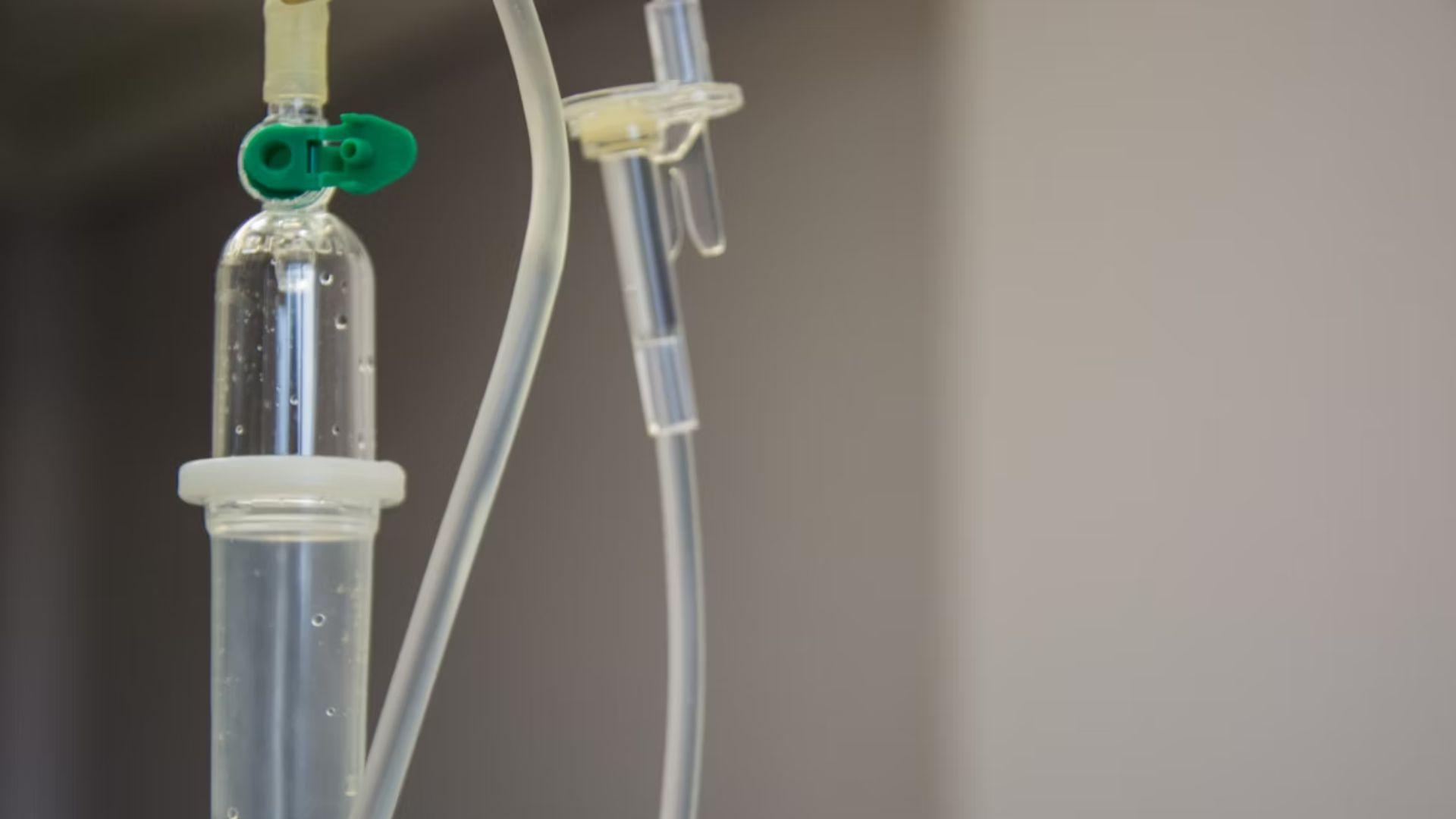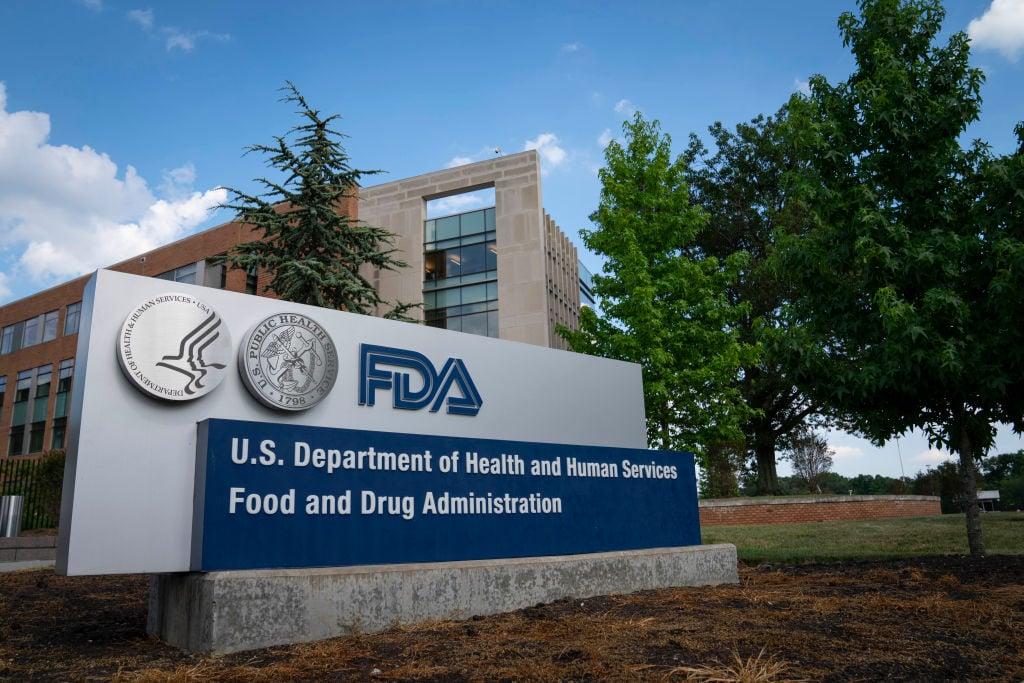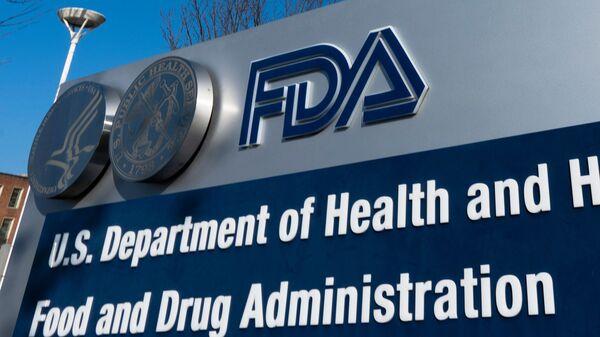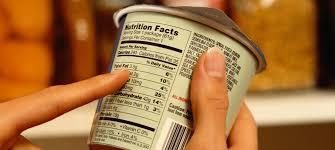ALB-USA Enterprises Inc. of Bronx, New York is recalling a popular product used in cooking, because it may have been contaminated with elevated levels of lead.
ALB-USA is recalling ALB Flavor brand Cinnamon Powder that was distributed in four different states over the course of nearly 17 months.
Where Was The Dangerous Lead Distributed?

The ALB Flavor Ground Cinnamon was distributed to retailers in Connecticut, Michigan, Massachusetts and New York between December 15th, 2022 and May 13th, 2024.
The recall stemmed from analysis by Connecticut’s Agricultural Experiment Station (CAES), which showed the product contained elevated lead levels.
How To Identify Recalled Cinnamon

The recalled product is branded ‘ALB Flavor’, is packaged in a plastic bag and has a net weight of 100 grams. The packaging features an image of cinnamon powder and two cinnamon sticks at the bottom.
The UPC for the recalled products is 5304000333362, and the best-before date is August 30th, 2025. The lot number is LA02.
What Are The Dangers of Lead Exposure?

Lead can impact nearly every bodily system – with the exact impact depending on the amount and duration of lead exposure. For adults, chronic lead exposure can lead to kidney dysfunction, neurocognitive decline and hypertension.
For children, high levels of lead exposure can lead to central nervous system damage, which can result in learning disorders and developmental defects.
Symptoms of Lead Exposure

Short-term exposure to low levels of lead often doesn’t lead to any noticeable symptoms, and may only be discoverable through blood tests.
Higher levels of lead exposure are more likely to lead to symptoms, which include, joint pain, headaches, miscarriage, and abdominal pain.
Company’s Response To Recall

Following the recall, ALB has ceased importing and distributing the recalled cinnamon and is investigating the cause of the problem.
Customers who purchased ALB flavor ground cinnamon are told to return the product to the place of purchase for a refund. Consumers with questions may contact the company at 917-922-5627 or 929-431-8505.
The State of Lead Poisoning in the US

Rates of lead poisoning in the US have declined greatly since the 1970s, but continues to be a problem for millions of Americans – particularly among the Hispanic, low-income and African-American communities.
Nearly, 500,000 children under the age of five in the US have elevated levels of lead in their blood.
Previous Recall Due To Lead Risk

In June, three popular types of applesauce pouches aimed at children were recalled after being found to contain 200 times the recommended lead limit.
The recalled applesauce products from the brands Schnucks, Weiss and WanaBana had 2,180 parts per billion of lead. The FDA’s action level (limit) for lead in such food products for children is just 10 parts per billion.
A Big Year For Food Recalls

The cinnamon recall is part of a broader trend of food and drink recalls increasing in recent years. Since 2018, the US has recorded a 115% increase in such recalls.
Among the products recalled in recent weeks are Charles Boggini Company sodas, Hy-Vee cream cheese spreads and cookies and cream mixes, and lead-contaminated children’s applesauce pouches.
Not Just Humans Impacted By Recalls

It’s not just humans who have been hit by the growing number of recalls. In May, Pedigree dry dog food was recalled over fears of loose metal in its products.
In June, TDBBS recalled over 3,500 bags of dog treats owing to the same fear. Full details of these recalls can be found here.
1906: Pure Food and Drug Act Lays Foundation

The Pure Food and Drug Act of 1906 marked the beginning of federal food regulation. This legislation prohibited interstate commerce of adulterated foods.
It established the Bureau of Chemistry, predecessor to the FDA. The act resulted from public outrage over Upton Sinclair’s exposé “The Jungle,” detailing unsanitary conditions in the meatpacking industry.
1938: Federal Food, Drug, and Cosmetic Act Empowers FDA

The Federal Food, Drug, and Cosmetic Act of 1938 significantly expanded FDA authority. It introduced safety standards for food additives and cosmetics.
The act also mandated labeling requirements for food products. This legislation was prompted by the 1937 Elixir Sulfanilamide disaster, which killed over 100 people.
1960s-1970s: Rise of Consumer Protection Movement

The 1960s and 1970s saw increased focus on consumer protection. Rachel Carson’s “Silent Spring” (1962) raised awareness about pesticide dangers.
In 1969, the FDA conducted its first major recall of canned mushrooms due to botulism risk. By 1978, the FDA was overseeing an average of 500 recalls annually.
1990: Nutrition Labeling and Education Act Enhances Information

The Nutrition Labeling and Education Act of 1990 mandated standardized nutrition labels. It required all packaged foods to display nutritional content.
The act also regulated health claims on food packaging. This legislation led to a 30% increase in consumer understanding of nutritional information within five years.
2020-Present: Digital Age Revolutionizes Recall Communications

Recent years have seen rapid advancements in recall communication methods. The FDA now uses social media and mobile apps to alert consumers about recalls.
In 2020, the FDA issued over 1,600 recall alerts through its digital platforms. These digital efforts have increased recall awareness by 65% compared to traditional methods.


